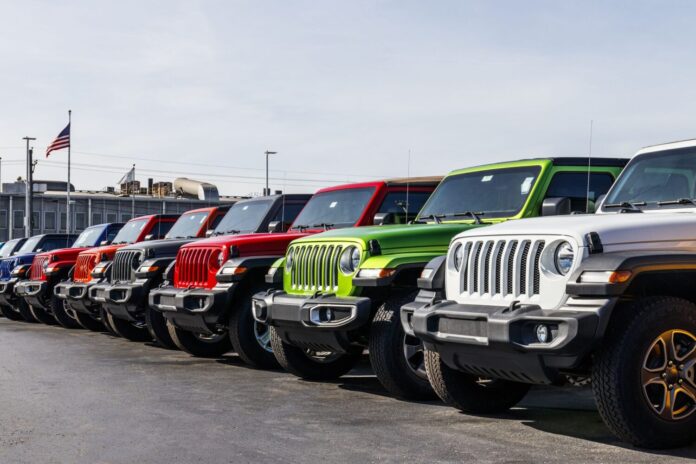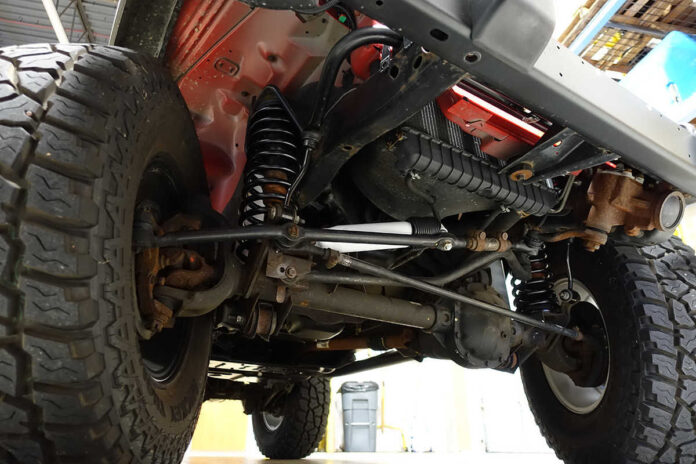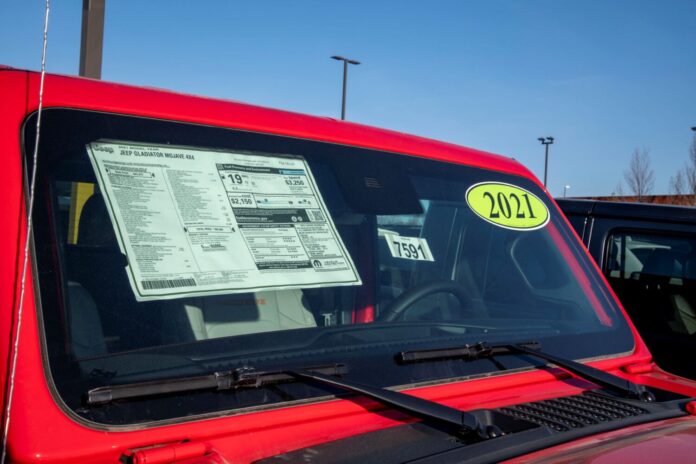
Jeep, an iconic American brand, has its roots deep in the soil of history, dating back to World War II when the U.S. military required a rugged, reliable vehicle for the battlefield.
These vehicles, known for their sturdiness and off-road prowess, quickly garnered a reputation for durability, transitioning seamlessly into the civilian world post-war. Over the years, this reputation has only solidified, with Jeeps becoming synonymous with resilience and adventure.
However, even the most stalwart vehicles can show signs of wear and tear, making a careful examination imperative when considering a used purchase.
In the rapidly growing used car market, prospective Jeep buyers often find themselves at a crossroads, uncertain about which aspects of the vehicle to scrutinize before parting with their hard-earned cash.
This article endeavors to be your compass in this journey, guiding you through the fine details of purchasing a used Jeep.
From the aesthetics of the exterior to the mechanics under the hood, our overview will provide insights into what to look for, ensuring you drive away with not just a Jeep, but a reliable companion for all your upcoming adventures.
Key Aspects to Consider

Here are key aspects to look for when choosing the right used Jeep at your local Jeep Orlando dealership.
1. Exterior and Frame
Rust
While some surface rust can be benign, structural rust can compromise the integrity of the vehicle. It’s vital to inspect common rust-prone areas such as wheel wells, the undercarriage, and door edges.
Accident Damage
Gaps between body panels, mismatched paint, or misaligned doors can be indicators that the Jeep has suffered a collision in its past.
Tires
Check the wear patterns on the tires for uneven distribution, which can indicate alignment issues. Moreover, ensure they are of the same set and evaluate their age to avoid imminent replacements.
2. Engine and Transmission

Fluid checks
Regularly inspect the levels and condition of fluids including oil, coolant, and transmission fluid. These can provide insights into the vehicle’s maintenance and potential issues.
Strange noises or smoke
Any unusual sounds or visible smoke on startup or while driving could be red flags indicating underlying issues.
Mileage vs. Age
A lower mileage Jeep might seem appealing, but it’s essential to balance this with the vehicle’s age. Sometimes, a slightly older model with consistent use and regular maintenance can be a better choice than a newer, seldom-driven counterpart.
3. Suspension and Drivetrain

Checking for leaks and wear
Inspect for any signs of fluid leaks or worn-out components which can affect the Jeep’s performance.
Importance of a test drive
Always take the Jeep for a spin. This not only lets you gauge its handling but also helps in identifying any undetected issues.
Modifications
While some aftermarket modifications can enhance the Jeep’s capabilities, others might detract from its original performance. Understand the changes made and their implications.
4. Interior and Electronics
Wear and tear
Inspect the interior components, from seats to floor mats, for excessive wear which might indicate rough usage.
Checking electronic systems
Ensure that all electronic components, be it windows, sound systems, or dashboard lights, function seamlessly.
HVAC
Especially in extreme climates, confirm that both the heater and air conditioning systems operate efficiently.
History and Documentation
Much like a person’s life story, a vehicle’s history is instrumental in understanding its past and predicting its future reliability.
Central to this narrative is the importance of a clean title, which ensures that the Jeep is free from outstanding liens, hasn’t been deemed a total loss by an insurance company, or carries other significant historical baggage.
A diligently maintained stack of maintenance records and receipts speaks volumes about the previous owner’s care for the vehicle. These documents provide insights into regular servicing, parts replacements, and any repairs, painting a comprehensive picture of the Jeep’s health over the years.
For a more overarching view, utilizing vehicle history report services can be invaluable. These services consolidate various data points, including accident history, previous ownership, and mileage verifications, offering a potential buyer peace of mind and confidence in their investment.
Finalizing the Purchase

Negotiating the price is an art in itself; doing your research, being aware of the Jeep’s market value, and being ready to walk away can empower you to get the most bang for your buck.
Before sealing the deal, however, consider a pre-purchase inspection by a trusted mechanic. This independent assessment can unearth hidden issues and give you a final assurance of the vehicle’s condition.
Understand the scope of any offered warranties, covering which components and for what duration, as this can be a game-changer in the unforeseen event of a breakdown or malfunction, shielding you from unexpected costs.
Purchasing a used Jeep may seem daunting, but with the right guidance and diligent inspection, it can lead to a rewarding ownership experience.
Armed with the knowledge provided in this guide, potential buyers can confidently approach the market, ensuring they secure a vehicle that’s both reliable and worth their investment.
May your Jeep not just be a mode of transportation, but a trusted companion in all your adventures ahead!








